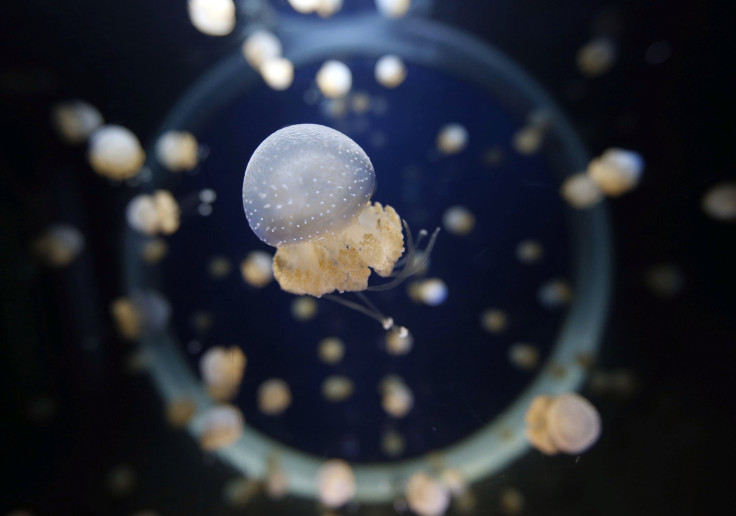Deadly jellyfish Irukandji moving towards Sunshine Coast; Expert warns about increase in stings

James Cook University Associate Professor and Irukandji jellyfish expert Jamie Seymour has stated that the deadly jellyfish are moving towards Queensland’s Sunshine Coast beaches because of rising sea temperatures. The specialist, who is also associated with the Australian Institute of Tropical Health and Medicine in Cairns, used sampling to confirm the move. He found a one to two degrees temperature rise in the waters off the southern coast.
The animals have started moving because of that and Seymour predicts that south-east Queensland beaches could be closed down as stings from the Irukandji jellyfish may increase. Marine experts sounded the alarm after four people had to be rushed to the hospital after they received stings from the deadly jellyfish on Wednesday and Thursday on the western side of Fraser Island.
RACQ LifeFlight Rescue has confirmed that the 12-year-old-girl and the three women are in stable conditions and receiving treatment at the Hervey Bay Hospital. Seymour has warned that the Irukandji jellyfish migration needs to be taken very seriously as the length of their migration season has increased from one-two months to almost six months. Now, it’s only a matter of time for the jellyfish to enter Sunshine Coast moving from the southern end of Fraser Island.
“What we need to do is get a better understanding of the biology of the animal. We've got good data now that shows quite nicely that Irukandji have been spreading down the east coast of Australia, moving slowly but surely southwards,” Seymour told the ABC.
Irukandji jellyfish stings have resulted in two confirmed deaths in recent history in Australia and dozens of people are hospitalised every year as a result of the stings. The pain caused by the stings is overwhelming and generally lasts six to 12 hours. There are severe stomach cramps, nausea and vomiting. Around 10-15 percent of the patients end up with cardiac problems.





















